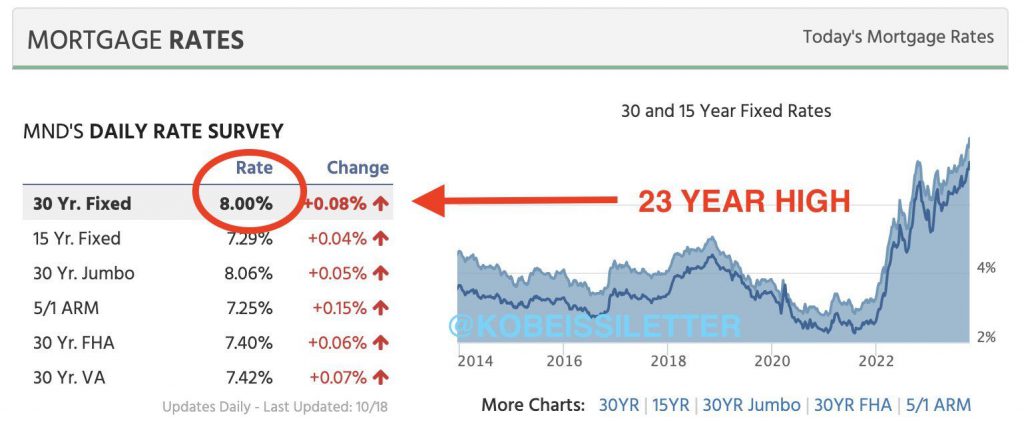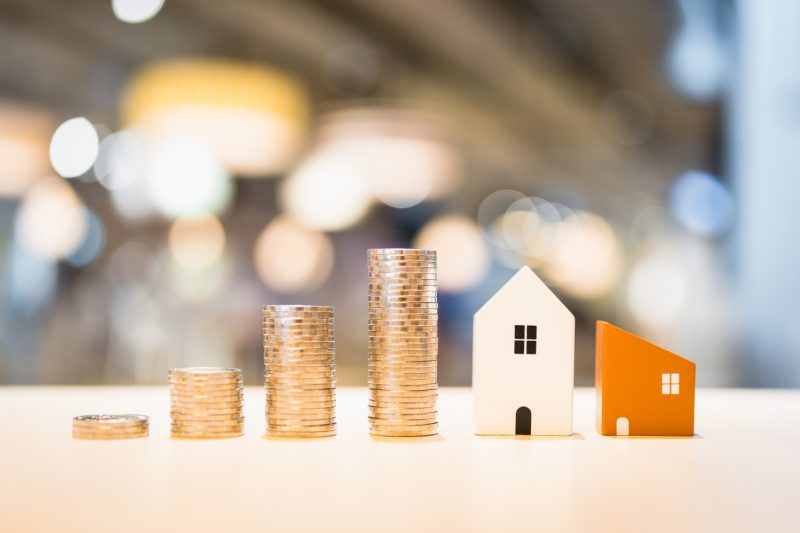US 30-year fixed mortgage rates have climbed to their highest level since 2000, now averaging 8%, according to the latest data. This represents a significant rise from 5.13% just one year ago.
Rates have steadily increased since late May, when they first crossed above 6.5%. The surge reflects broader shifts in the macroeconomic environment.


Also read: Fed Governor Bowman Says No Compelling Case for CBDC, Cites Risks
Mortgage rates have been on a steady rise
As the Federal Reserve aggressively raises interest rates to combat high inflation, a rise in US mortgage rates has followed suit. These products tend to move based on the trajectory of overall benchmark rates.
The housing market is now feeling the squeeze from rapidly rising loan costs. At over 8%, affordability has declined substantially for prospective home buyers trying to enter the market.
Also read: BRICS: Europe Reacts, Calling Expansion ‘Confrontational’
With citizens already facing economic vulnerability, the run-up in mortgage rates is creating additional financial stress around home ownership.
This exemplifies how the Federal Reserve’s prolonged interest rate hikes are now impacting consumers through pricier debt across sectors like housing.
As rates test 23-year highs, the outlook for the housing market remains challenged. Further Fed actions to tame inflation could place additional pressure on mortgage affordability.





